IT review
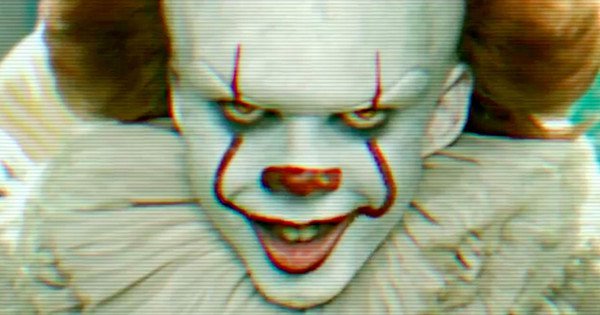
Stephen King's badly adapted works are finally over. Fortunately for his fans and for the interest of the uninitiated viewers, this happened precisely with the work, which is also a cornerstone in the genre literature.
In its biblical volume, the novel "It" interweaves the story of a group of seven children facing the maturity threshold in the small town of Derry, Maine, with a story about the same 7 children, but 27 years later when they already return as adults on the contrary, to fight again with the monster lurking in the sewerage of the city from time immemorial.
In the King's epic, these two narratives mingle imperceptibly with one another. Children's history includes topics such as the loss of innocence, violence against children, awareness of the passing of human life. While in adult events the main leitmotif is childhood traumas that dictate to a great extent the lives of grown-ups. As a rhythm, Steven King's original source moves in the spirit of the novels of John Grisham, Michael Crichton and Tom Clancy, but unlike the thriller masters, "It" illustrates in detail and precisely the life of each of the children. The nostalgia with which King described their mischief in the 1950s refers to the romantic sentimentalism that Ray Bradbury remembers for his innocent years.
King says that when he started writing "It," he thought his previous books had earned him the reputation of being a horror writer, so he relied on it to be his last "test," in which he would return all the monsters he was grew up (Frankenstein monster, Count Dracula, Wolf-man, Mummy, etc.), because in its essence, Pennyweis's image is an expression of our private and collective fears. King was thinking of the universal monsters, those who were scary in the 1950s, but the screenwriters of "It: Part One" chose to situate children's history in the 80s. This change has no negative impact on the underlying idea, but on the contrary, it draws closer to us, as phenomena like last year's Netflix hit "Stranger Things" have demonstrated how much interest there is today to the simpler, more analogous times since the turn of the last century. As a result of the fact that the universal monsters cited are not so well known today, director Andy Muschetti transforms "It" into a series of diverse, computer-generated shows. And although the film has repeatedly poured tensions into the atmosphere, it more often directly displays the horrors born of King's imagination, such as a specific bloody fountain shot in the traditions of other genre masterpieces, such as Stanley Kubrick's "Shine" and "Kerry "By Brian De Palma.
Prior to the screening of "It", I decided to interview some acquaintances and strangers, asking them the question: "What do you think" It "is?" By justifying my expectations, almost all of them spoke uncertainly with the words Penniweiz, Dancing Clown. I suppose that in many viewers this impression has been created and has been preserved by Tim Curry's disturbing presence in the original 90s miniseries whose nightmare I never experienced, probably because I was watching him at the time when I was already a fanatical fan of King and the horror genre in the cinema. That's why I've never found Curry's reincarnation to be adequate. On the one hand, he steals scene after the scene moments that should engage us with each of the children forming the so-called "Club of Lost." On the other hand, Curry is far more fun than terrible, and the very fact that most of Penniase's film is reduced to his earthly, real presence and personification, which he is best known for, actually takes away the spacious mythology that sits behind the monster.
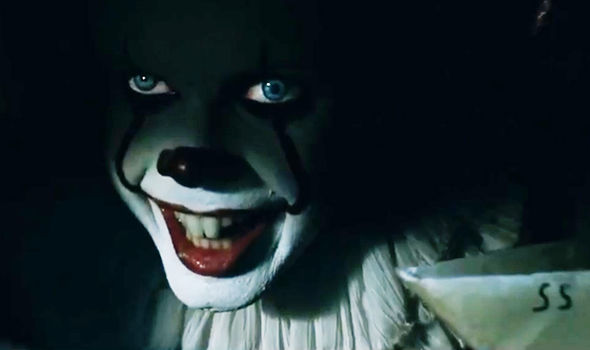
The adaptation of Argentinean Muschetti successfully assimilates the most important theme in one half of the novel, whose focus is on nostalgia for lost childhood innocence. The memories of childhood have the ability to unfold in our minds with greater proportions than reality implies, and the film interprets this by blending romantic sentimentality into the story of the Neudate with a grotesque variety of fears that embodies it, and which further nuances the brilliant performance of Bill Skarsgard such as Penniweise. The latter reminds of well-known genre villains like Freddy Krueger of "Nightmare on Elm Street," from which the film is clearly influenced and not shy to show it.
Scarsgarde has a charming, cheeked face, emphasized by makeup, and each side looks like it's the size of his forehead, which, combined with the shrill tone of his voice, gives him an alien, inhuman feeling of an arcade. And while one eye of a clown looks at his victim, the other always points directly to the camera, destroying the fourth wall in search of the fears of the individual spectator. Scarsgard's transformation is even more threatening because the clown constantly creates the impression of playing with children, turning his sudden, insane bursts of hostility to them in a kaleidoscope of shocking scenes.
"It" begins in a rainy autumn afternoon with the story of the baby brothers Bill and George Denbrow. The first one forms a paper boat for his younger brother and sends him out to play alone because he is sick at the moment. With the unfolding of this prolonged first scene, the film says it will pay close attention to children's relationships that are the core of history. And the culmination of these first minutes, with Penniweise's assault on Georgia, comes with the second request, namely that we are facing two hours of unscrupulous horror that does not shrink to show the cruelty to child abuse.
However, when capturing the murder of George, Muschetti shows his delicate sense of mood, and for a moment the chilling effect is reflected in the figure of a chirping cat watching the happening from a neighboring porch.
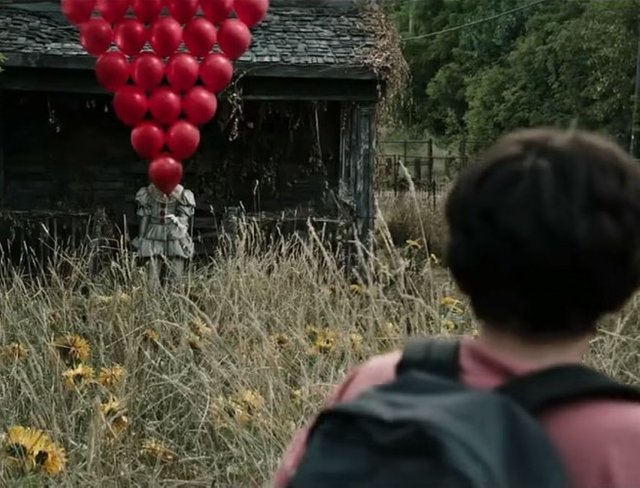
The script does not spend any time with any of the young heroes individually, except when it comes to familiarizing us with the specific fears of each of them. The traumas in the Neighborhood's life are key to the essence of the monster, as evidenced by the advancement of history. When the band is gathered, the relationship reminds them of the "Alien" or "Stranger Things", each of whom fights a deep government conspiracy. But the Neaudicates face something that no one else believes in, and this is the leitmotif of the film that, by crossing the threshold of maturity, the traumas of childhood are deeply submerged in our subconscious, allowing us to ignore them, but not to them clear. As evidenced by the image of Eddie's mother, who designs her own phobias on her son, turning him into an annoying and desperate hypochondriac. It is also noticeable with Beverly's father, whose despotic relationship with his daughter somewhat testifies that his own life has ever had such an attitude. In the book, this is accentuated by Beverly's already grown up history, whose life has become the embodiment of childhood fears, but here we are only counting on it, as this issue is likely to be developed into the inevitable sequel.
At times the film resonates with other quality King's adaptations from the past, especially Rob Reyn's "Be Here". Technically, Muschetti's works are distinguishable references to early Spielberg, with low camera angles, children on wheels, and especially the overall sense of fantastic miracles and incredible dangers. With such craftsmanship, the Argentine vivid reminds us of the rich emotion we have experienced as children and placing us in such a naive state, the intimidation, for the most part of the film, works impeccably.
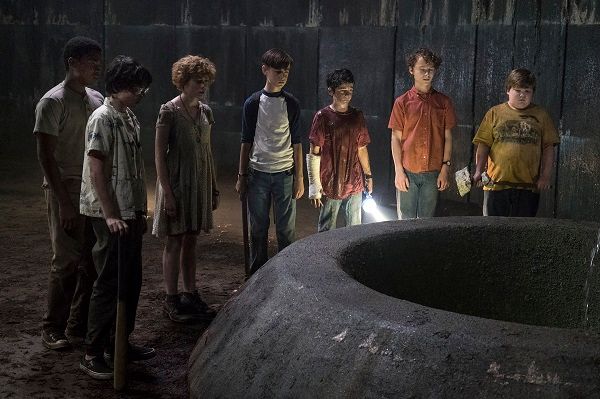
It is hard for me to distinguish my beloved from the Lost Club, although the obvious choice is Finn Wolfhard's mouth-piece from Stranger Things - Richie. His gruesome trailers always fall into the right place in every dialogue, causing unbridled laughter, but my personal favorites of the book have always been Eddie and Ben, and I was pleased to find that the movie is worth doing. The same is true of Bill and Beverly, but Stan and Mike do not have enough screen time, and the dramatic film does not give them more life than they could fit in a business card. Which may be a problem in the sequel, where Mike plays a sort of chronicler in the original, and he recovers the already grown-up children 27 years later. I would have liked to see more of the racism that is fundamental to the image of the dark-haired boy, and to the bloody Henry Bowers. But I guess the R-rating has run out of the whole gore fest around the kids and the insertion of this thread would spill the cup.
Though the young Nicholas Hamilton adequately enters Bowers' shoes, his villain is just a sketched sketch, and instead of the fierce antisemitism he exposes in the book, he is just a sadistic idiot. That's why his story is really shocking at its height, but it lacks the vitality to reflect something more memorable.
Despite these problems, the film works best when children are together and show relationships with each other. In the rich tradition of the coming-of-age podger, "It" firstly engages us emotionally with their private stories, and then scary moments work better, whether the clown jumps unexpectedly from somewhere, or the time slows down its course as music raises claustrophobia in the air, activating the psychological horror of the unknown. By investing most of his time in children, the film misses the unpleasant opportunity to become another James Wan Horror with countless jump scare moments.
In fact, "It" does not lack the frightening clichés, and on the contrary, it is tangled with such, but when the film allowed us to get acquainted with the characters, mere intimidation takes on an extra dimension, creating anxiety about the safety and life of the children. Thus, "To" to some degree revitalizes the clichés. Shortly after the film, however, I stopped feeling tense when preparing for the monster scene, and realized that the film was working on an extra meta-level, in which, similar to the way in which the children are constantly confronted by their fears, even to the viewer .
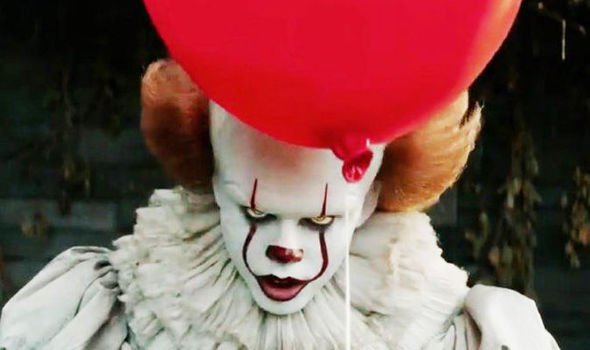
In the few moments in which we are not faced with the monster, a lot of space is deliberately left in the composition of the frames, and the sound design falsely indicates that something is about to happen. These are the moments when this empty space is filled with the private fears of each of us. An unlimited number of horror films today operate under the prediction that viewers expect to get a tide of adrenaline and use this technique but without really making us think about the meaning of fear and the major problem with most is just the proper development of the main characters are usually flat and irrelevant. The purpose of It is to be a mirror of our greatest fears, and Muschetti, along with the team of scriptwriters, conveys this by making us sympathetic to the heart of the action, namely the children.
In conclusion, Muschetti understands and explores the topics of child sorrow and trauma encapsulating the immortal idea that evil must be confronted by co-operation and faith if we do not want it to flourish. Thus, "Part One" is one of the few decent adaptations of Stephen King, and although it is not perfect, it will probably be somewhere after the masterpieces of the seventh art such as "The Shawshank Redemption", "Stand by me", "The Shining", "Carrie".
In my opinion this last film was more complete than the previous one, clear with its ups and downs but I insist, to me it seemed a good adaptation.
Good review, for me i am sorry to say. I understand indeed that the fear that you have as a child pops up. But personally i was laughing the whole movie and even my little sister of 14 in the cinema was rofling all around.
I love how it also brought insecurity with it, one moment he makes you laugh and the other he makes you afraid. Wich brings up another thing as well, because of its surprises (in its own way). You actually start to like him as well with it.
But yeah i just needed to laugh way to much in this movie XD. For me the older version (can be nostalgia bias) felt scarier and more serious.